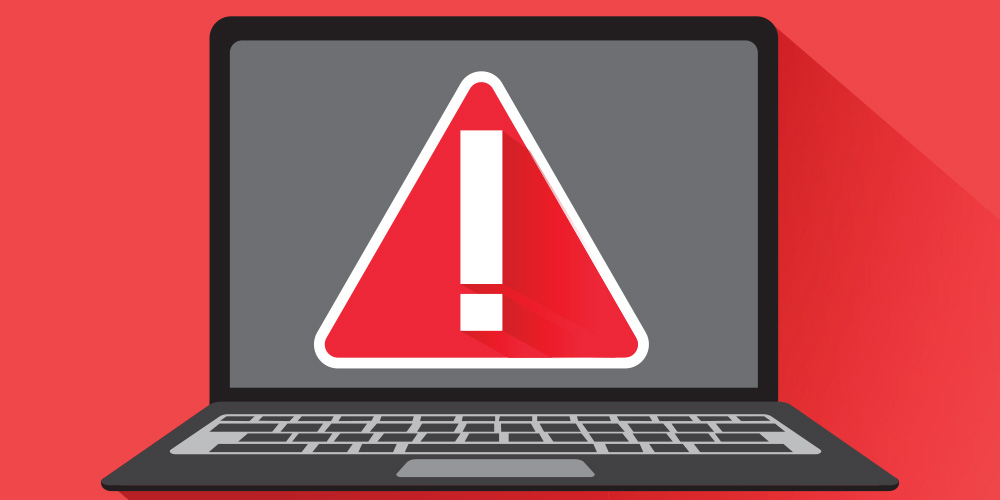Blog Article
Is Your Remote Workforce Ready For Anything?

Does your business provide the tools for a remote workforce? If you are up-to-date with the digital age, chances are you do. Remote working or telecommuting is the next wave of work, powered by cloud-based platforms and tools. Current trends show the popularity for a remote workforce growing exponentially, with a 115% increase in telecommuting over the last decade and no end in sight.
Related: UCaaS: A Great Way To Mobilize Your Business
It’s common sense then that businesses should embrace this move towards flexible work options by offering the technological infrastructure to support it. Not only will this open up more opportunities to hire nationally or even globally, but it can also save businesses money in reduced overhead, and protect them from the unexpected.
Coronavirus, for instance, is the type of emergency which can leave a business reeling in the event of a shut down. The same can be said for natural disasters, dealing with the aftermath, or even run-of-the-mill seasonal challenges like flu season or slow months. With the appropriate remote workforce infrastructure, your business can remain operational throughout all of these events while also keeping your employees engaged and productive.
Rally Your Remote Workforce
If you do not currently support a remote workforce or aren’t sure your current infrastructure could handle the threat of Coronavirus, natural disasters, or other threats, there are several factors you should consider to build a resilient telecommuting foundation.
Platform
For your remote workforce to be successful, especially during a crisis of local to national or even international impact, the platform you choose needs to offer an extensive network of redundant, secure points of presence ensuring that your workforce is always leveraging the best connections available. Platforms of this caliber offer pure cloud-based to on-premises cloud-based platforms, which allows your business to choose the ideal system for your needs. Where pure cloud is typically more flexible, on-premises cloud tends to offer enhanced reliability.
Related: Cloud Trends To Expect In 2020
Virtual Desktops
When built on an extensive, flexible, reliable, and secure platform, the next most important component is the workspace employees utilize. To ensure seamless user experiences and uninterrupted operations, look for a virtual workspace that offers single sign-on to office desktops and applications staff would use in the office. Virtual desktops and apps, also called Desktop as a Service or DaaS, should also be secured by multi-factor authentication, encryption, and context-based access controls to keep your desktop and data safe no matter where your access point is.
Related: UCaaS Collaboration Suites & How Businesses Can Benefit
UCaaS Support
Another critical component of a robust remote workforce is the ability to communicate effectively from anywhere. Solutions that come built-in with voice, video, chat, texting, and other communications endpoints will offer your business an additional edge over competitors. The best remote workforce solutions should also offer softphone and mobile application tools that can allow employees to use your office communications system on their desktop, laptop, or smartphone.
Related: DaaS, UCaaS & Why You Need Both
Multi-device Access
Today’s workers expect flexibility when it comes to the devices they use. This is especially true for a remote workforce who will likely be leveraging their own personal computers, laptops, tablets, and smartphones to get work done. With the right tools, employees can login securely from any device, access files, and enjoy a seamless experience across all devices.
Related: Business Texting Is The Next Trend
Built-in Security
In addition to secure login protections, other security features like cloud storage, centrally secured apps and desktops, and ongoing network monitoring help reduce risk of intrusion, security breaches, and eliminate VPN holes. For peace of mind, businesses should find a solution that offers all of this built-in, ensuring that their private data is secure regardless of where it is being accessed.
Related: Cybersecurity Trends To Monitor In 2020
Customization
We live and work in an increasingly customized world, and this is no less true for the modern enterprise. To maximize efficiency both in and away from the office setting, remote workforce technology should be customized to your unique workflows. This allows everyone on your team to maintain the same productivity and efficiency no matter where they are working from or what devices they are using. Support for customization should include vertical and task specific, such as compliance with industry standards (i.e. HIPAA, GSA) or integration with third-party CRM software.
Related: Does Your Customer Experience (CX) Have A Blind Spot?
Prepare Today
It’s impossible to know when disaster will strike, and according to the current trends you shouldn’t be waiting for a crisis to start offering remote workforce solutions. The best strategy for any business is to get ahead of the curve and start preparing their workforce today for the challenges of tomorrow.

